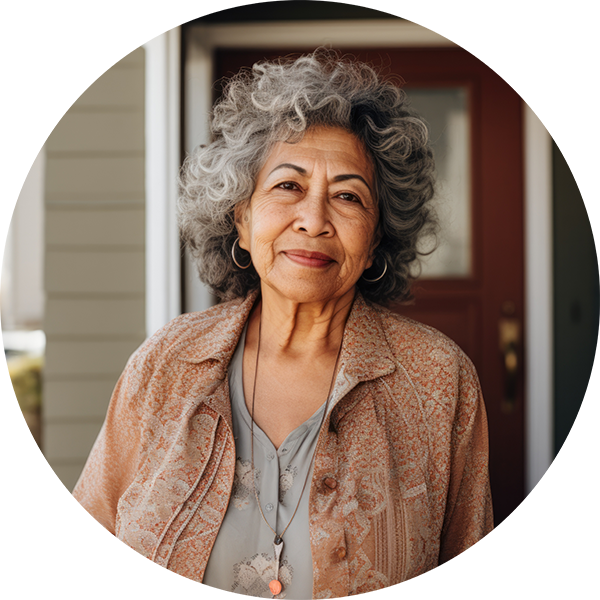Home > News Briefs – DECEMBER 2023
News Briefs – DECEMBER 2023
by Loren Talbot
Financial Burden at End-of-Life
KFF Health News and The New York Times issued a report, “Facing Financial Ruin as Costs Soar for Elder Care,” on the growing costs of care for older adults and the deep financial implications for caregivers. In the United States there is no comprehensive long-term care health system, and the high cost of health care—along with the lack of long-term care insurance and the labor shortage for home health aides—has required caregivers to move states, sell assets, and give up work. The report states, “Millions of families are facing such daunting life choices—and potential financial ruin—as the escalating costs of in-home care, assisted living facilities, and nursing homes devour the savings and incomes of older Americans and their relatives.” While Medicare provides the only true safety net for many, there are many gaps within the system that are leaving people in deep debt as long waiting lists and limited Medicare payouts compound the issue.
European Court Hears Euthanasia Case
Last month, Dániel Karsai, a Hungarian citizen who is suffering from amyotrophic lateral sclerosis, or ALS, went before European Court of Human Rights to challenge Hungary’s ban on assisted suicide. Of the 46 member states of the Council of Europe, only six have legalized assisted suicide or euthanasia laws. According to the article, Karsai is asking the court to strike down a Hungarian law which bans euthanasia as well as claims jurisdiction over anyone who helps someone travel to a country where they have the right to die. The case has sparked debate across Europe and the world. A recent poll stated that two-thirds of Hungarians would support a “dignified death” to limit the suffering of a patient, and almost half (47%) would support euthanasia. A similar case is unfolding in Ecuador.
A Growing Housing Issue for Older Persons
The Joint Center for Housing Studies of Harvard University issued a new report, Housing America’s Older Adults. This report qualifies the urgent need for increased affordable housing needs for people ages 65 and older. This population has increased 34% in the past 10 years, and the first set of boomers are entering their 80s. In 2021, more than 11.2 million older adults spent more than 30% of their household income on housing, and there is an increase of those unhoused in this population. Additionally, the need greatly outweighs availability of government funding assistance. Those on fixed incomes are faced with rising taxes, along with an increase in the costs of goods, services, and utilities.
Both fiscal and racial inequities increase the possibilities of inadequate housing. According to the researchers, “Older households with very low incomes will almost certainly become more common, given that income inequality is growing and the baby boomers are aging into a cohort that has fixed and falling incomes. Consequently, demand will increase for housing that is both affordable and able to accommodate older adults’ changing health and care needs.” Suggestions to alleviate the housing demand include revisiting zoning laws, looking toward state funds for incentives, and ensuring that broadband internet and transportation is reliable and affordable.



